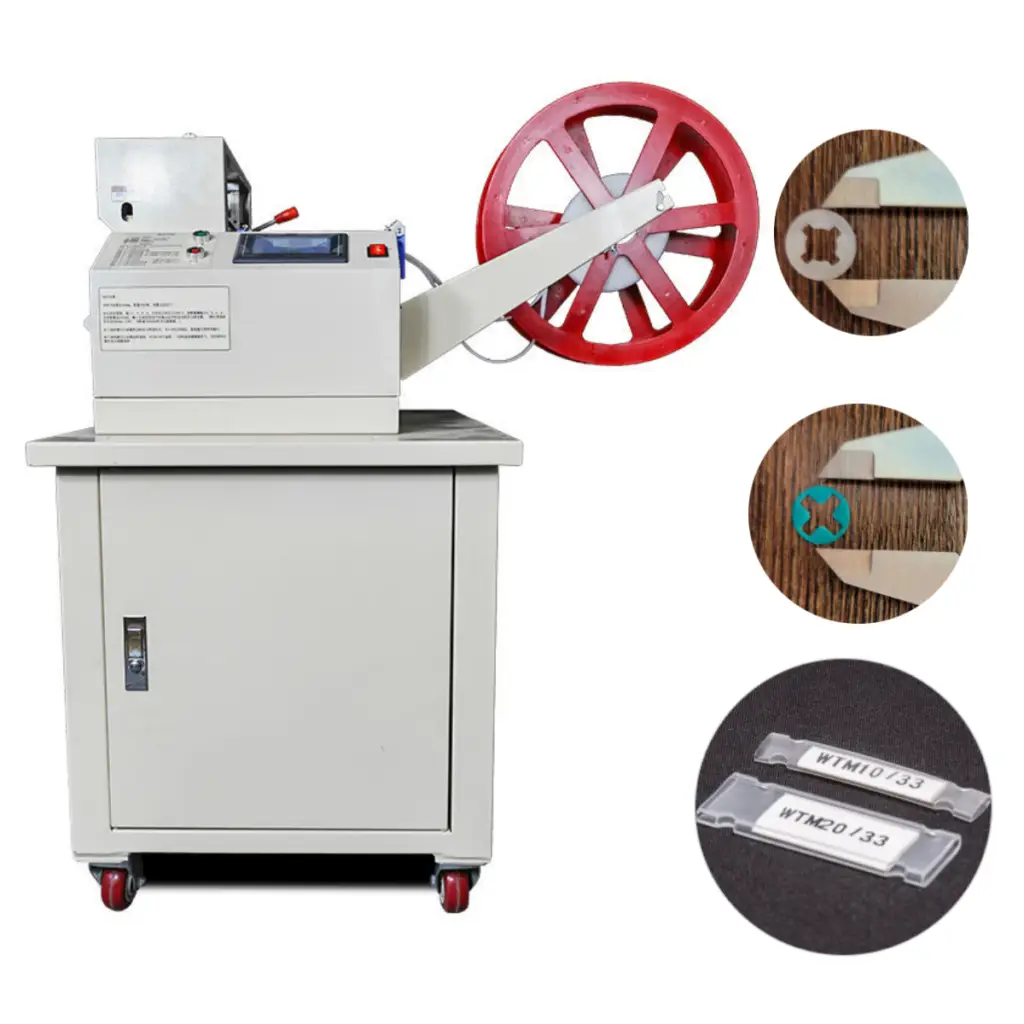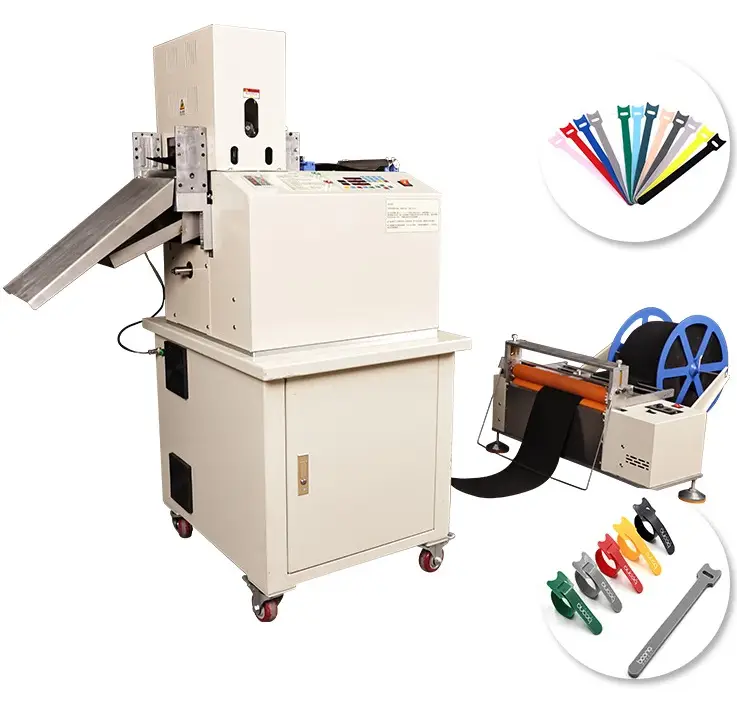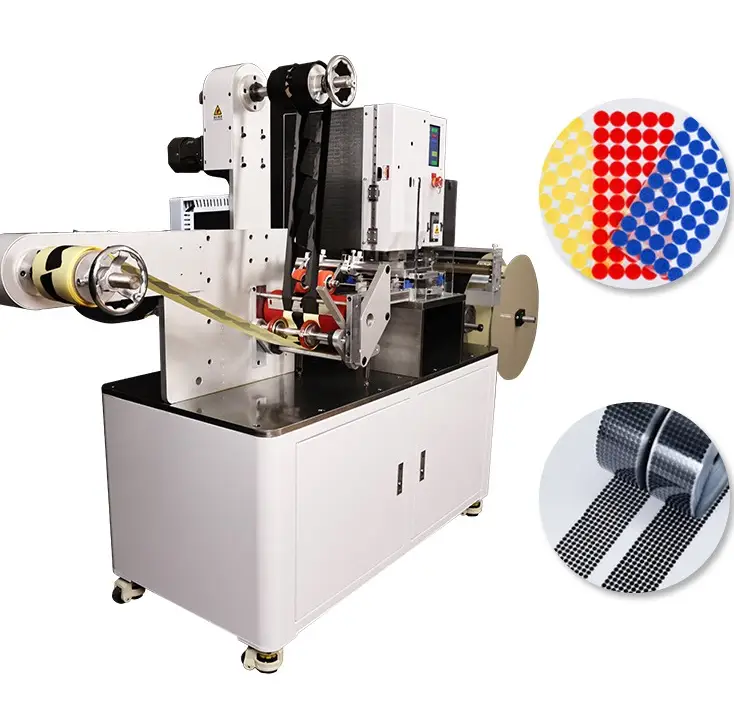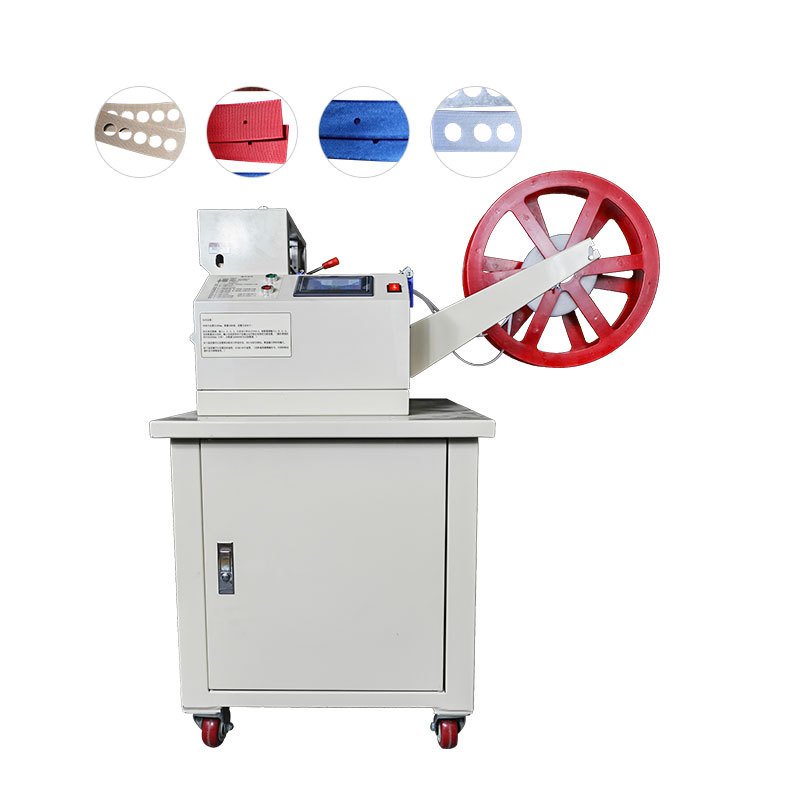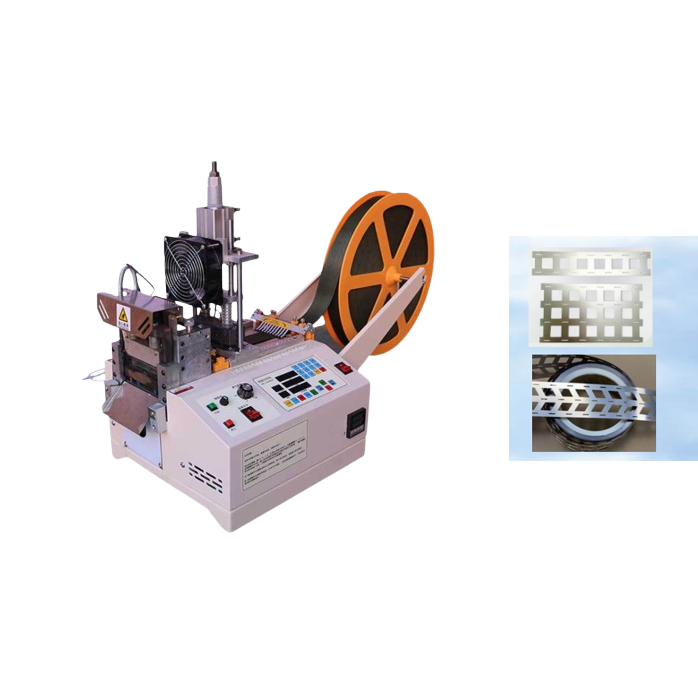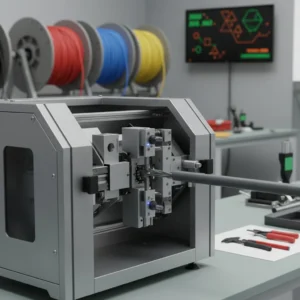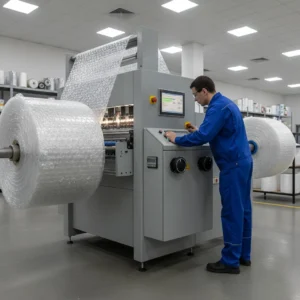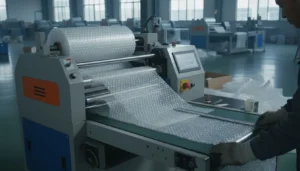What Are the Top Automation Trends in Industrial Cable Cutting Machines?

Industrial cable processing still using manual measurements and basic cutting? Automation now delivers precision at previously impossible speeds.
The latest automation trends in cable cutting include AI-powered quality inspection1, robotic material handling2, and multi-process integration3 (cutting/stripping/crimping in one machine) that can increase throughput by 300% while reducing errors to near-zero. These systems adapt automatically to cable variations during production.
1: Industry 4.0 integration4 with IoT, AI, and machine learning enables smart cable cutting machines with predictive maintenance and real-time monitoring.
2: Robotics and automation boost speed, accuracy, and consistency in production.
3: Energy-efficient technologies reduce operational costs and environmental impact.
4: Eco-friendly practices support sustainable manufacturing goals.
5: Advanced automation enhances overall productivity and quality in cable manufacturing.
From analyzing hundreds of installations, I’ve identified five transformative automation trends reshaping cable processing.
How Does Cable Diameter Influence Machine Selection and Configuration?

Using the same machine for thin control cables and thick power cables? That’s like using scissors for both paper and cardboard.
Cable diameter directly determines required blade force (50N-2000N), feed mechanism design, and stripping precision (±0.05mm for <6mm vs ±0.2mm for >25mm cables). Machines must be specifically configured for diameter ranges to maintain quality .
Cable Diameter Classification and Machine Requirements
| Diameter Range | Machine Type | Key Features | Production Speed |
|---|---|---|---|
| 0.5-6mm (Signal) | Precision strippers | Laser guidance Micro-adjustment Twist prevention | 800-1200 cuts/hour |
| 6-25mm (Control) | Mid-range cutters | Dual-blade system Auto-feed rollers Insulation sensors | 400-600 cuts/hour |
| 25-150mm² (Power) | Industrial processors | Hydraulic pressure Multi-stage stripping Heavy-duty clamps | 150-300 cuts/hour |
Critical Diameter-Dependent Configurations
Blade Systems
- Micro-cut blades: 0.5-3mm diameters
- Rotary blades: 3-10mm diameters
- Shear-cut blades: 10-25mm diameters
- Hydraulic cutters: 25mm+ diameters
Material Handling
- Precision belts: For delicate small cables
- Knurled rollers: Medium cables (vibration prevention)
- Chain feeds: Heavy cables (anti-slip)
Smart Adjustment Features
- Auto-detect systems for diameter changes
- Pressure-sensitive blade control
- Memory presets for common cable types
Implementation Example
A switchgear manufacturer processing mixed cables (2mm-35mm):
- 82% faster changeovers with auto-configuration
- Zero setup errors between batches
- 40% longer blade life with diameter-optimized cutting
Conclusion

Modern cable cutting machines now self-adjust for diameter variations while executing multiple processes automatically—transforming what used to require separate dedicated machines.
Insights from HAOXINHE
Our HC-608 series handles 2mm-25mm cables in one machine because we developed adaptive blade technology5 that automatically adjusts cutting geometry. After 20 years in cable processing, we know flexibility beats specialization when you can maintain precision across sizes. The future isn’t bigger machines—it’s smarter ones.
The top automation trends in industrial cable cutting machines include:
High Degree of Automation and Programmability: Modern machines feature advanced automation6 control systems that allow fully automated or semi-automated operations, including cutting, peeling, length setting, and stripping. Programmable parameters (length, speed, quantity) enable fast changeovers and customization for different cable types and sizes.
Precision and Consistency Through Servo and Digital Controls: Use of servo motors and digital controls ensures high precision in cutting length (tolerances in the micrometer range) and repeatability, reducing human error and improving product quality.
Multi-Functionality Integration: Machines increasingly combine multiple functions such as cable feeding, cutting, stripping, peeling, and even bundling or coiling in one system or modular setup, enhancing workflow efficiency.
Touchscreen and Software Interfaces: Advanced user interfaces with touchscreen controls and software integration facilitate easier configuration, job programming, and sometimes connectivity to larger production management systems.
Flexible Cable Handling: Automation includes mechanisms for accommodating a wide range of cable specifications and types—from thin wires to large cross-section cables—and allows different cutting methods (flat, diagonal) with minimal manual adjustment.
Energy Efficiency and Robust Construction: Machines use energy-saving pneumatic or electric components and robust metal frames that extend maintenance intervals and machine lifespan.
Explore how AI-powered quality inspection enhances accuracy and efficiency in cable cutting processes. ↩
Learn about the benefits of robotic material handling in increasing speed and reducing errors in cable production. ↩
Discover how multi-process integration can streamline operations and boost productivity in cable manufacturing. ↩
Understand how Industry 4.0 integration revolutionizes cable cutting with IoT and AI technologies. ↩
Learn how adaptive blade technology enhances flexibility and precision in handling various cable sizes. ↩
Explore how advanced automation enhances productivity and quality in the cable manufacturing process. ↩
